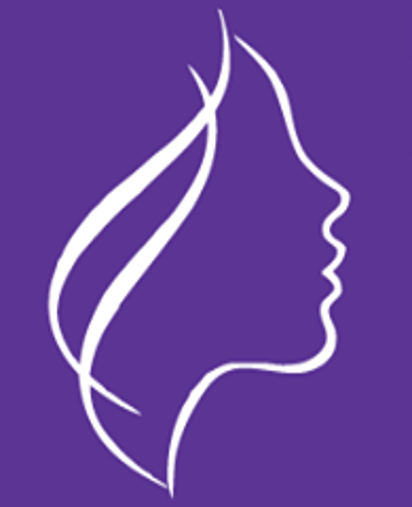We Kenyans love what’s cheaper; a show of this is the commercial value of pirated software, which stands at KES 12.8 billion. However we’re not the only country at fault; 43 percent of the software installed on PCs around the world, with a commercial value of $62.7 billion (or KES 6.2 trillion), are not properly licensed. Back in our country, the Kenya Copyright Board (KECOBO) has recently announced a month-long period from 6th April 2016 for individuals, small and medium Enterprises and corporations using non-genuine software, a chance to purchase or subscribe to genuine/licensed software ahead of a planned crackdown.
Presently, software piracy rates remain high in Kenya, at a staggering 78%, according to the most recent study conducted by BSA Global Software Survey of 2014. As a result, software piracy is increasingly limiting economic growth in the country. Kenya could actually derive more gains from licensed software, as seen in several parts of the world that promote and highly use licensed software.
The survey notes that increasing the amount of properly licensed software use globally by 1 percent would add an estimated $73 billion (an equivalent of KES 7.3 trillion) into the world economy, compared to 2 trillion from pirated software. This provides a $53 billion (KES 5.3 trillion) advantage associated with using licensed software.
Unfortunately, it’s found that the greatest potential for economic gains are from emerging markets where piracy is most common today. This results in several organizations losing millions each year using outdated and non-genuine software. Other disadvantages include enormous risks such as lawsuits, security threats and the reputational peril associated with a lawsuit or security breach/failure. Thus implementing licensed software guarantees reduction in costs and improved productivity. “Many people do not know that when using pirated software, one has 74% chance of falling victim to cybercrime,” Awosika, Microsoft’s Country Manager for Kenya explained.
However, how can some even tell if they own pirated software? Counterfeiters are becoming so good at being able to counterfeit software that, to the naked eye, you would not be able to see it. Then again, what’s wrong with a device that looks and seemly works as well as the original product and saves you a few bucks? For one, it may have viruses and other harmful content, you won’t receive updates, it may not work similarly to what’s been advertised, and you may get sued.
To make sure you have original and genuine devices or software, it’s always good to ensure;
- that the price is similar to that of the market value
- If an End of User Liscense Agreement is included
- If what you obtained is of high quality
- Anti-Counterfeiting Measures should be included with your package
- That a Certificate of Authenticity is included to authenticate the software your purchasing
While you may think you’re saving a buck or two, your future self is incurring the costs. While using licensed software, you’re assured the most for your money, good quality, and free antivirus and antimalware protection. Reduced risk of cleaning and fixing systems, which can be costly and time-consuming, and access to assuring software support.
During the one-month Amnesty, Microsoft is undertaking to drive consumer awareness campaigns around the purchase and use of genuine software through activities that will seek to empower users to acquire and use genuine software.



